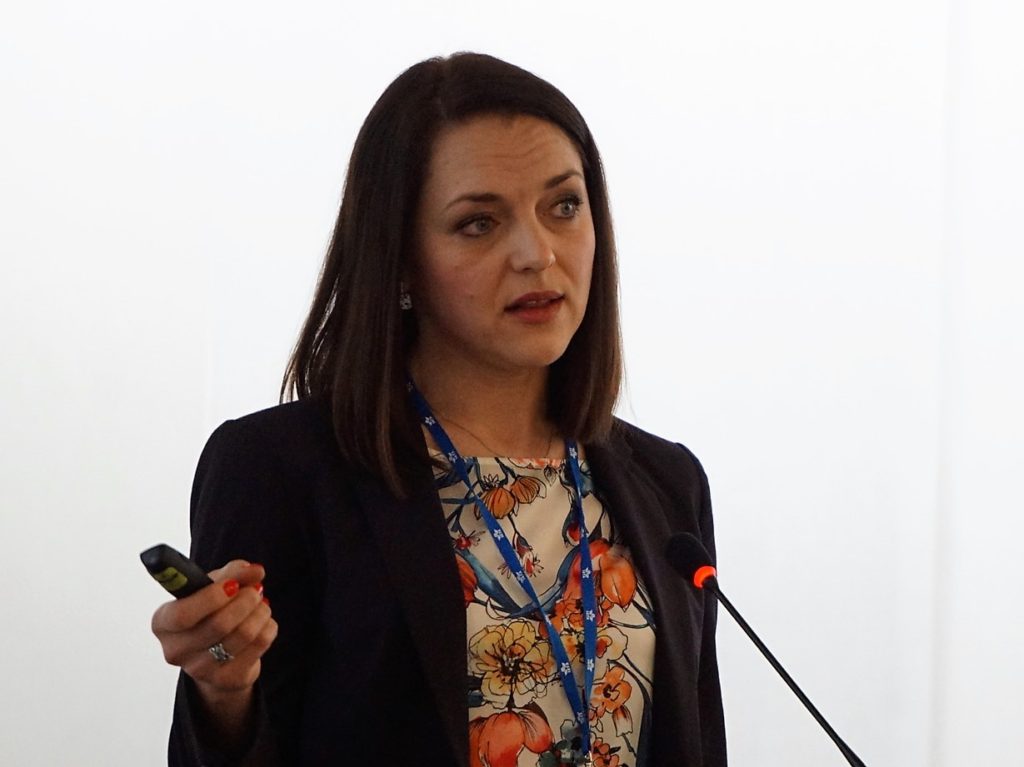 Like Santa himself, turbulence appears in the blink of an eye and out of the blue. Unlike Santa, it leaves tears in its wake. Getting knocked around the cabin during an otherwise ordinary flight is the leading cause of injuries for airline passengers, not to mention exceedingly frightening. Just ask any of the 192 people aboard Aerolineas Argentinas Flight 1303 from Miami to Buenos Aires in October. Fifteen of them were treated on arrival to Buenos Aires for injuries sustained during the bumpy flight.
Like Santa himself, turbulence appears in the blink of an eye and out of the blue. Unlike Santa, it leaves tears in its wake. Getting knocked around the cabin during an otherwise ordinary flight is the leading cause of injuries for airline passengers, not to mention exceedingly frightening. Just ask any of the 192 people aboard Aerolineas Argentinas Flight 1303 from Miami to Buenos Aires in October. Fifteen of them were treated on arrival to Buenos Aires for injuries sustained during the bumpy flight.
But just in time for the holidays, the International Air Transport Association is promising something nice; a turbulence reporting program that notes the position and severity of turbulence and shares it with other airliners in real time.

“This is incredible information,” said Gilberto Lopez Meyer, senior vice president of safety and flight operations at IATA, noting that “thousands and thousands” of flights could benefit.
“The reports we receive from the pilots are very good,” he said, but at present, the level of severity is subjective. “It depends on how the pilot feels the turbulence and the kind of aircraft you are flying. With the program IATA is testing, “we can have an objective way of measuring the turbulence to the aircraft and then notifying the flight that is coming behind you.”

Many air carriers have their own ways of predicting and preparing for suspected areas of rough air. At Delta Air Lines, pilot iPads are pre-loaded with a Flight Weather Viewer app, a proprietary program developed by the airline with input from its pilots and meteorology department. According to Delta, the program looks at its airliners’ speed, heading, altitude and flight path and combines the data with what prior flights have experienced. “Seat-feel” still plays a part in the report, but there’s a lot more data accompanying it.
“The overwhelming majority of the information feeding the Flight Weather Viewer is objective data coming from aircraft,” said Kate Modolo, with Delta’s corporate communications office. Pilot perception, “is by far the minority of information inputted into the model,” she said, which is updated every 15 minutes.
Southwest, United, Delta, Aer lingus, Lufthansa, EasyJet, China Southern, Swiss, Japan Airlines and American are already equipped with some kind of turbulence reporting software according to Katya Vashchankova head of IATA’s MET program. The data collected can be sent via wifi or ACARs where it is consolidated and anonymized before being fed into the Turbulence Aware sharing platform being developed by Snowflake, a UK-based software company hired by IATA.

The airline association unveiled its ambitions to reporters last week in Geneva and Delta has produced a slick video explaining the ins and outs of its app, which someday may share data with the larger web of airline programs.
Like everything else around this time of year, you’ll have to wait, boys and girls. But rest merrily knowing that smoother and safer air travels may be on the horizon, not just for Santa but for all of us.


Author of The New York Times bestseller, The Crash Detectives, I am also a journalist, public speaker and broadcaster specializing in aviation and travel.








